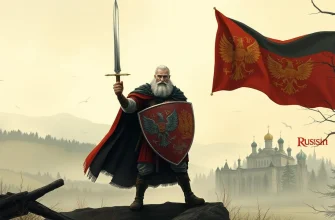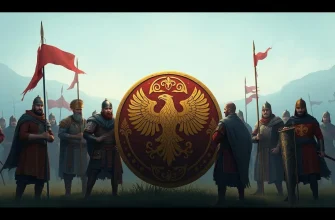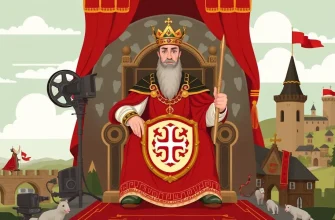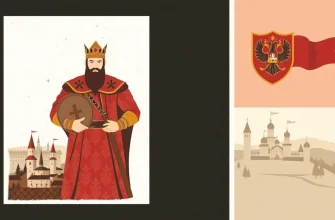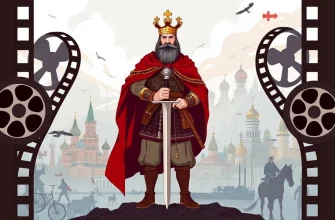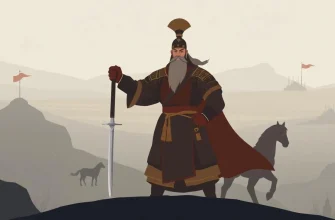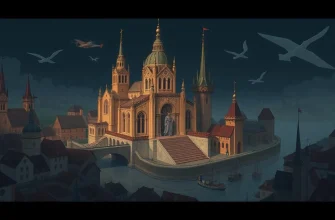Embark on a cinematic journey through the annals of Ancient Rus', a period rich with tales of valor, intrigue, and cultural evolution. This curated list of films provides a window into the past, showcasing the historical events, legendary figures, and the vibrant tapestry of life in early Slavic states. Whether you're a history buff or simply love epic storytelling, these films offer a blend of factual accuracy and dramatic flair, making them invaluable for anyone interested in the roots of Eastern European civilization.
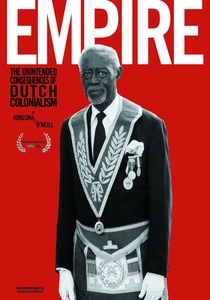
The Horde (2012)
Description: Set in the 14th century, this film explores the complex relationship between the Golden Horde and the Grand Duchy of Moscow, focusing on the political intrigue and the personal struggles of its characters.
Fact: The film was inspired by real historical events and features a mix of Russian and Tatar actors, reflecting the cultural diversity of the era.
 Watch Now
Watch Now 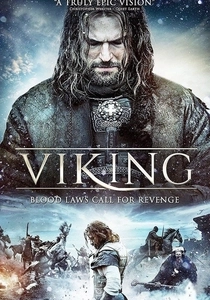
The Viking (2016)
Description: This epic tells the story of Prince Vladimir, who would later become Saint Vladimir, the Christianizer of Kievan Rus'. It's a sweeping narrative of his journey from a pagan warrior to a Christian ruler.
Fact: The film was one of the most expensive Russian productions, with a budget of over $20 million, and it showcases the grandeur of Ancient Rus' through its sets and costumes.
 Watch Now
Watch Now 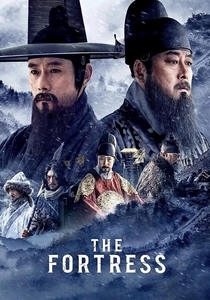
The Fortress (2017)
Description: This film narrates the defense of the Brest Fortress during the initial stages of the Great Patriotic War, showcasing the resilience of the Soviet soldiers.
Fact: The film was shot on location at the actual Brest Fortress, providing an authentic setting for the events depicted.
 Watch Now
Watch Now 
The Legend of Kolovrat (2017)
Description: This film delves into the life of Evpaty Kolovrat, a legendary warrior who led a small group of survivors against the Mongol invasion of Ryazan. It's a tale of bravery and sacrifice, capturing the spirit of Ancient Rus'.
Fact: The film was shot in the historical city of Vladimir, providing an authentic backdrop to the story. It also features impressive battle scenes that were choreographed by experts in historical combat.
 30 Days Free
30 Days Free 
Alexander: The Battle of the Neva (2008)
Description: This film focuses on the early life of Alexander Nevsky, detailing his famous victory over the Swedes on the Neva River, which earned him his nickname.
Fact: The battle scenes were meticulously recreated based on historical accounts, and the film was shot in locations that closely resemble the historical settings.
 30 Days Free
30 Days Free 
The Mongol (2007)
Description: This epic biopic traces the early life of Temujin, who would become Genghis Khan, and his interactions with the Rus' principalities.
Fact: The film was a co-production between Russia, Mongolia, and Kazakhstan, aiming to portray the historical figure with cultural sensitivity and accuracy.
 30 Days Free
30 Days Free 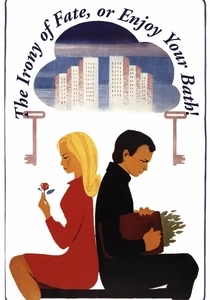
The Irony of Fate, or Enjoy Your Bath! (1975)
Description: While not strictly historical, this beloved Soviet comedy includes scenes set in a traditional Russian bathhouse, reflecting the cultural practices of the time.
Fact: The film has become a New Year's tradition in Russia, and its setting in a bathhouse provides a humorous yet insightful look into Russian customs.
 30 Days Free
30 Days Free 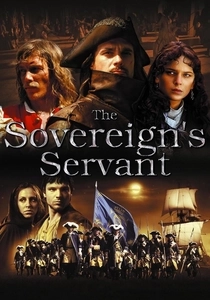
The Sovereign's Servant (2007)
Description: Set in the 17th century, this film follows the adventures of a young nobleman in the service of Tsar Alexei Mikhailovich, offering a glimpse into the political machinations of the time.
Fact: The film was a major box office success in Russia and was praised for its historical accuracy and the portrayal of court life.
 30 Days Free
30 Days Free 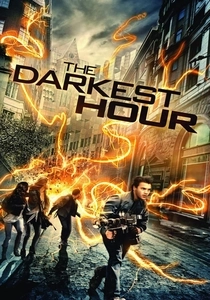
The Darkest Hour (2011)
Description: While primarily a sci-fi thriller, this film includes scenes set in Moscow, reflecting the city's historical architecture and atmosphere.
Fact: The film was shot in Moscow, showcasing its iconic landmarks, which adds a layer of historical authenticity to the modern setting.
 30 Days Free
30 Days Free 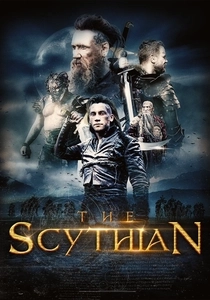
The Last Warrior (2017)
Description: A modern take on the legendary tale of Ilya Muromets, this film blends fantasy with historical elements to tell the story of a warrior's quest to save his homeland.
Fact: The film uses CGI to bring to life mythical creatures from Slavic folklore, adding a fantastical element to the historical setting.
 30 Days Free
30 Days Free 

